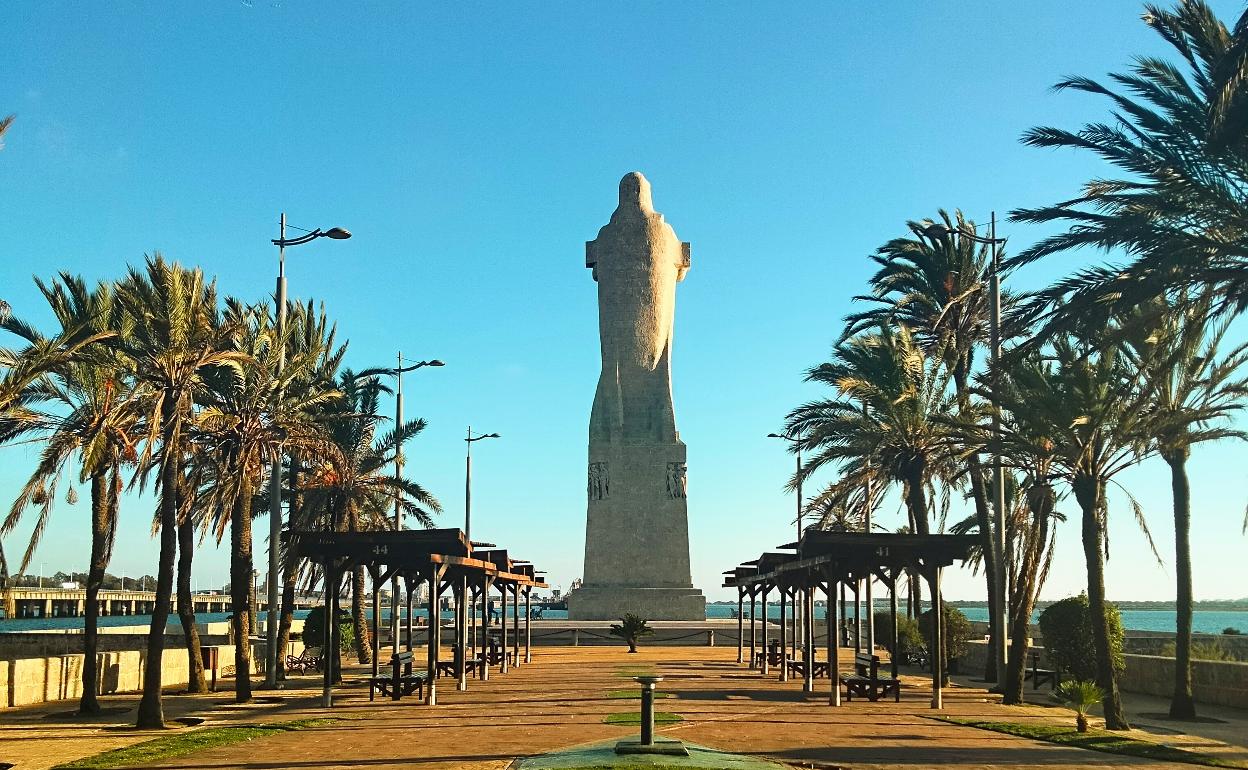

Sections
Highlight

ALEKK M. SAANDERS
Tuesday, 11 October 2022, 20:16
Some 530 years have passed since the events that forever changed life on both sides of the Atlantic. On 12 October 1492, Christopher Columbus landed on an island in the Caribbean, marking the end of what is now called the pre-Columbian era in the Americas.
However there are numerous tales of sailors who reached American islands from Europe perhaps hundreds of years before Columbus' landing in the New World.
A research team from the University of Groningen in the Netherlands suggested an exact date last year for the discovery of the Americas by Vikings. They came up with the year 1021 after analysing the tree rings of a piece of wood found at Lance au Meadows, an ancient ruin on Newfoundland Island, Canada.
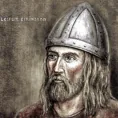
Endless dedication to exploration and wealth led the Norsemen to distant places. It appears they even reached Andalucía, at least that is according to the popular Netflix series Vikings in which, incidentally, Greenland and North America were discovered by Floki, a neurotic character.
He may well be fictional, however, because according to the Norse legend, it was the great sailor Leif Erikson, who achieved something very similar. It is said that his father, Erik the Red, founded the first settlement in Greenland, around 980, and Leif Erikson eventually landed in America.
Later, John Cabot's 1497 voyage to the coast of North America under the commission of Henry VII of England is the earliest-known European exploration of coastal North America since the Norsemen visits.
Despite the Vikings' apparent voyages, Christopher Columbus has long been credited with being the first European to reach the Americas in 1492. But the fame of the discovery has been sought by other countries, including Great Britain.
Welsh Prince, Madoc ab Owain Gwynedd, is believed to have sailed to America in 1170 when, according to folklore, he was fleeing internecine violence at home. Meanwhile, Scotland claims Henry I Sinclair, Earl of Orkney, Lord of Roslin, as a discoverer of the Americas, or rather that he reached Westford, Massachusetts, via Greenland, in 1398. Surprisingly, the English have never laid claim to the discovery.
Stories about the discovery of America by Andalusians have been circulating over the years as well. In 1602, chronicler and writer Inca Garcilaso de la Vega named Huelva-born Alonso Sánchez as the discoverer, saying that his small team had landed on American islands 20 years before Columbus did.
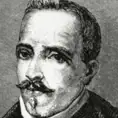
The chronicler narrated the whole story about this incredible voyage. According to Garcilaso, Alonso Sánchez was a 15th-century mariner and merchant. Living on Andalucía's Atlantic coast, he used to sail quite often between the Canary Islands, Madeira and England for trade. In the 1480s, on returning to Huelva from Madeira, his ship was apparently drastically blown to the southwest by a strong storm.
After several weeks, Garcilaso's story says, Sánchez and his frightened crew finally sighted land in unknown waters of the mid-Atlantic, probably the island of Hispaniola (Santo Domingo). Sánchez and his crew continued along the unknown coast until they encountered signs of human habitation. In a coastal village they were hospitably received (with food and gold) as 'divines' because, according to aborigines' mythos, their gods would eventually come from the sea to visit them.
After a short sojourn among the natives, the Spaniards headed home, towards the east. The return voyage required about a month at sea, and they finally landed on Porto Santo Island, Madeira. By coincidence, during the 1480s, Christopher Columbus lived in Porto Santo. According to the chronicler, he met Alonso Sánchez and was amazed by his adventure.
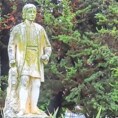
Some believe that the information provided by Sánchez regarding directions and distances influenced Columbus' plans, though others think that Alonso Sánchez never existed. However, there is a statue of Sánchez in Huelva, in the park in Los Jardines del Muelle that commemorates the voyages of Columbus. Besides, there is an opinion that Andalusian sailors had already known about the existence of the Americas, and that is why they easily agreed to sail with Columbus from Huelva in 1492.
Columbus landed in the Bahamas, marking the end of the period of human habitation in the Americas now referred to as the pre-Columbian era.
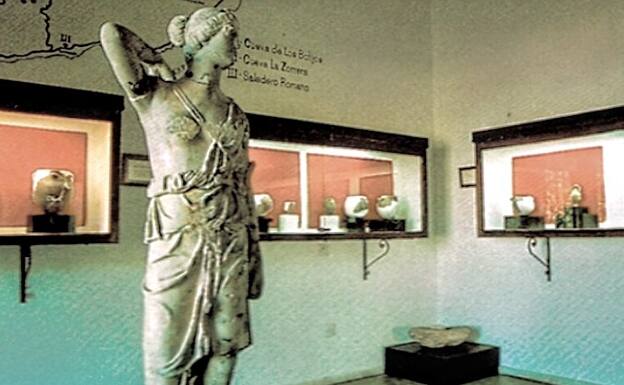
Benalmádena on the Costa del Sol has a unique collection of visual arts of indigenous peoples of the Caribbean, North, Central, and South Americas from at least 13,000BCE to the European conquests. The Museo de Arte Precolombino Felipe Orlando was opened to the public in 1970.
The Felipe Orlando García-Murciano collection of Pre-Columbian art is considered one of the biggest outside Latin America. It was gathered thanks to donations, loans and acquisitions by Benalmádena town hall.
The pieces have their origin in several Latin American countries including Mexico, Ecuador, Nicaragua, Peru and Costa Rica. Three museum galleries host exhibitions illustrating two main areas of civilisation - Old Mexico (Mesoamerica) and Old Peru (central Andes), as well as an intermediary area that encompasses lower Central America and the north Andes region.
Publicidad
Publicidad
Publicidad
Publicidad
Esta funcionalidad es exclusiva para registrados.
Reporta un error en esta noticia

Debido a un error no hemos podido dar de alta tu suscripción.
Por favor, ponte en contacto con Atención al Cliente.

¡Bienvenido a SURINENGLISH!

Tu suscripción con Google se ha realizado correctamente, pero ya tenías otra suscripción activa en SURINENGLISH.
Déjanos tus datos y nos pondremos en contacto contigo para analizar tu caso

¡Tu suscripción con Google se ha realizado correctamente!
La compra se ha asociado al siguiente email
Comentar es una ventaja exclusiva para registrados
¿Ya eres registrado?
Inicia sesiónNecesitas ser suscriptor para poder votar.